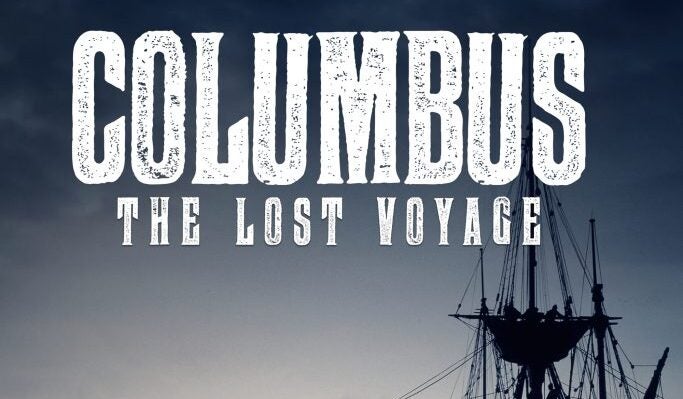Source: 7 Ships and Navigational Tools Used in the Age of Exploration | HISTORY
The Age of Exploration was a period from about the 15th to the 17th centuries in which European powers traveled to and colonized territories around the globe. Portugal and Spain were the dominant seafaring and colonizing powers in the beginning of this period. By the end of the Age of Exploration, the principal European colonizers were Britain, France and the Netherlands.
European powers invented new types of ships, weapons and navigational tools during the Age of Exploration to aid their sea voyages and colonial campaigns.
1. Caravel

In the 15th century, Portugal started producing a new kind of ship called the caravel. These medium-sized ships had two or three masts with triangular sails and only required a small crew. They became one of the key types of ships that Portuguese and Spanish sailors used to traverse unfamiliar routes during the Age of Exploration.
Caravels were faster and easier to maneuver than large ships, but their smaller size meant they had less cargo space. The Niña and Pinta ships that Columbus sailed to the Bahamas in 1492 on behalf of Spain were both caravels. However, the Santa María ship on that voyage was a larger type of vessel: the carrack.
2. Carrack
The carrack ships that Portugal produced during the 15th century were larger than caravels and had three or four masts with square and triangular sails. Carracks were slower and less maneuverable than caravels, but they were sturdier in rough waters. Because they had much more storage space than caravels, Portuguese and Spanish crews used them for longer trips to Asian spice markets.
One of the most famous carrack ships from the Age of Exploration is the Victoria, the first known ship to circumnavigate the globe. The Portuguese sailor Ferdinand Magellan led this journey from 1519 until his death in 1521 (he died while trying to attack an island in the Philippines). The ship continued its journey without him and completed its circumnavigation in 1522.
3. Galleon

In the 16th century, large galleon ships began to replace carracks. Galleons could carry cargo as well as heavy cannons, yet were faster and easier for crews to maneuver than the smaller carracks. An even larger version of the galleon, the Spanish galleon, could hold up to 60 cannons.
European sailors used galleon ships to transport stolen goods from colonized lands and to fight in battles. The use of galleons in battle declined after the Age of Exploration as newer, sleeker warships emerged. However, European sailors continued to use galleons as cargo ships into the 19th century.
4. Falconet
The falconet was one of the many types of cannons that European ships carried during the Age of Exploration. The falconet was a light cannon on wheels that sailors could use at sea or on land.
Another cannon on these ships was the culverin, a medieval field cannon that sailors started using at sea during the Age of Exploration. There was also the lombard cannon, which the crew on Columbus’ 1492 voyage reportedly fired to alert the ships that a lookout had spotted land.
5. Traverse Board

One of the tools that European seafarers used to navigate while sailing their caravels, carracks and galleons was the traverse board. Crew members used these boards to keep track of a ship’s speed and direction.
The top half of the board had a compass rose design with slots for wooden pegs. Every half hour, the sailor keeping watch with the traverse board would look at a compass to determine what direction the ship was going in, and then mark that direction on the board using a wooden peg. On the bottom half of the board, the sailor on watch would also mark the ship’s speed with wooden pegs.
6. Backstaff
The backstaff was another important navigational tool for seafarers. Sailors used the backstaff to measure altitude by looking at the shadow of the sun. It was an improvement compared to previous tools for measuring altitude like the quadrant and the cross-staff, which required the user to stare into the sun.
The English sailor John Davis invented one of the most well-known versions of the backstaff in 1594 while searching for a Northwest Passage through the Arctic. Because of this, the backstaff is also known as the “Davis quadrant.”
7. Astrolabe
Another navigational tool sailors used during the Age of Exploration was the astrolabe. Like the backstaff, the astrolabe was a form of celestial navigation, so-called because these tools used celestial bodies in the sky to take measurements and determine a ship’s position.
Sailors used astrolabes to measure the angle between the horizon and a celestial body in the sky, such as the sun, the moon or a star. They used these measurements to determine the ship’s longitude and latitude.

